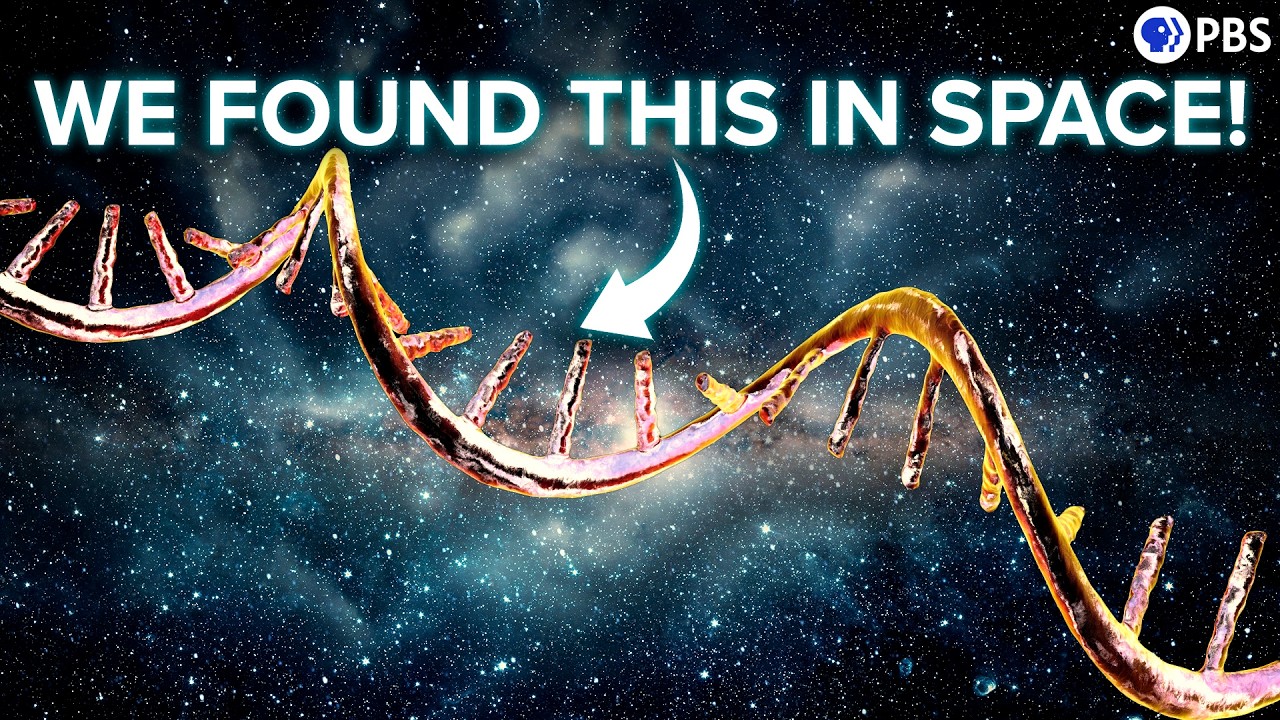The video explores the theory of pseudo-panspermia, suggesting that the building blocks of life, including DNA components, may have originated in space, as evidenced by findings from the OSIRIS-REx mission that collected samples from the asteroid Bennu, which contained essential organic compounds. It also highlights the implications of these discoveries for understanding the potential for life elsewhere in the universe and concludes with an update on the mission’s next phase studying the asteroid Apophis.
The video discusses the intriguing concept that our DNA may have origins linked to outer space, alongside the well-known fact that many humans carry up to 4% of Neanderthal DNA. It introduces the idea of pseudo-panspermia, which suggests that the building blocks of life, rather than life itself, may have originated in space and then arrived on Earth. This theory is supported by the rapid emergence of life on Earth, which raises questions about how natural selection could have operated in such a short time frame.
The video highlights the significance of the OSIRIS-REx mission, which collected samples from the asteroid Bennu. This mission aimed to investigate the organic compounds present in space rocks, which could provide insights into the origins of life. The findings from Bennu are particularly exciting, as they include all five nucleobases essential for DNA and RNA, as well as 14 of the 20 amino acids used by life on Earth. The presence of both left- and right-handed amino acids in the samples suggests an abiotic origin, supporting the idea that complex organic chemistry occurred in space.
The discussion also references the Murchison meteorite, which contained a variety of amino acids and nucleobases, indicating that organic compounds are not unique to Earth. The video explains how the analysis of Bennu’s samples revealed a rich history of water and minerals, suggesting that Bennu may have originated from a water-rich protoplanet that existed in the early solar system. This protoplanet likely formed complex organic molecules before being destroyed and scattering its fragments into space.
The implications of these findings extend to the possibility of life elsewhere in the universe. If many celestial bodies contain similar organic compounds, it raises the likelihood that simple life could emerge in various environments. The video posits that if all planets start with a similar chemical makeup, there may be a narrow path to life that involves DNA-like molecules, potentially linking the biochemistry of life on Earth to extraterrestrial origins.
Finally, the video concludes with an update on the OSIRIS-REx mission, which has been renamed OSIRIS-APEX as it prepares to study the asteroid Apophis, a potentially hazardous asteroid with a small chance of impacting Earth. This mission aims to enhance our understanding of such asteroids and improve our ability to prevent future impacts. The video emphasizes the importance of exploring our cosmic origins while also addressing the potential threats posed by near-Earth objects.
